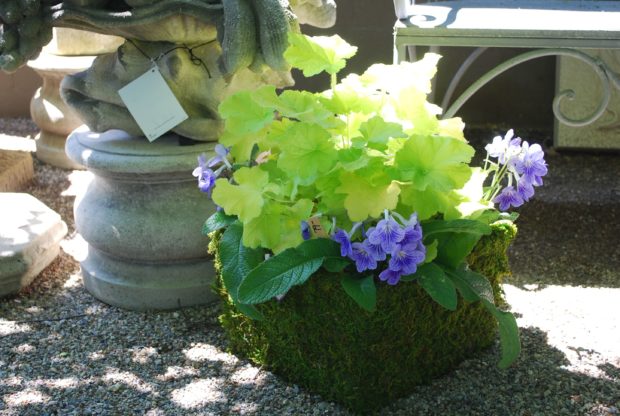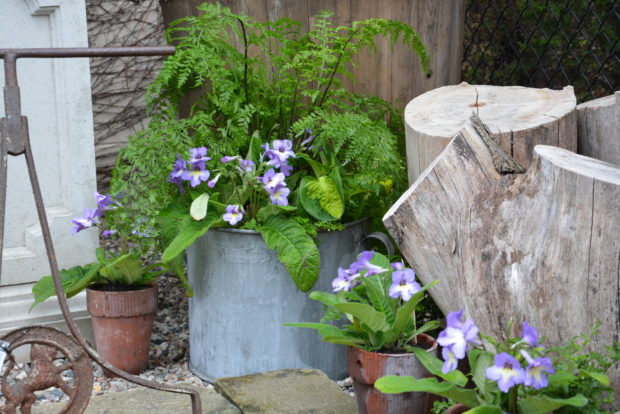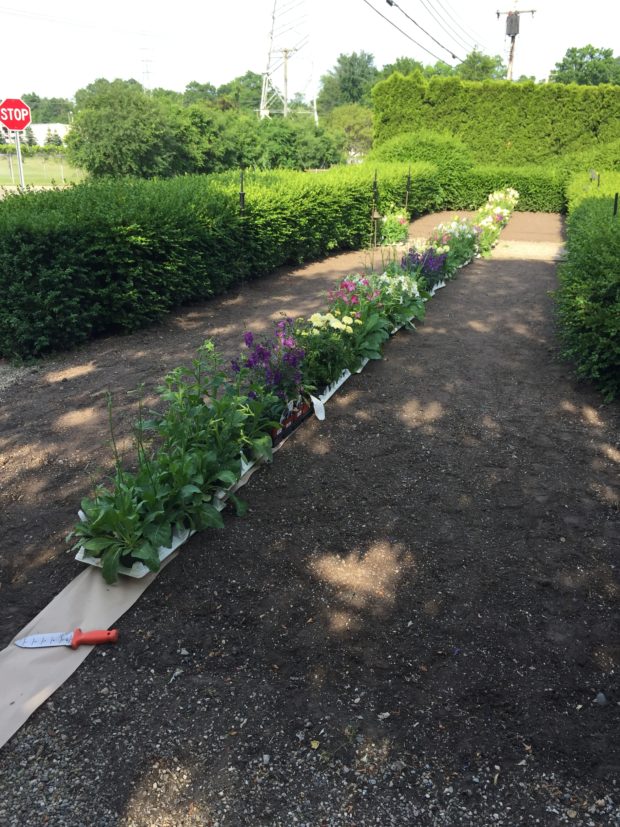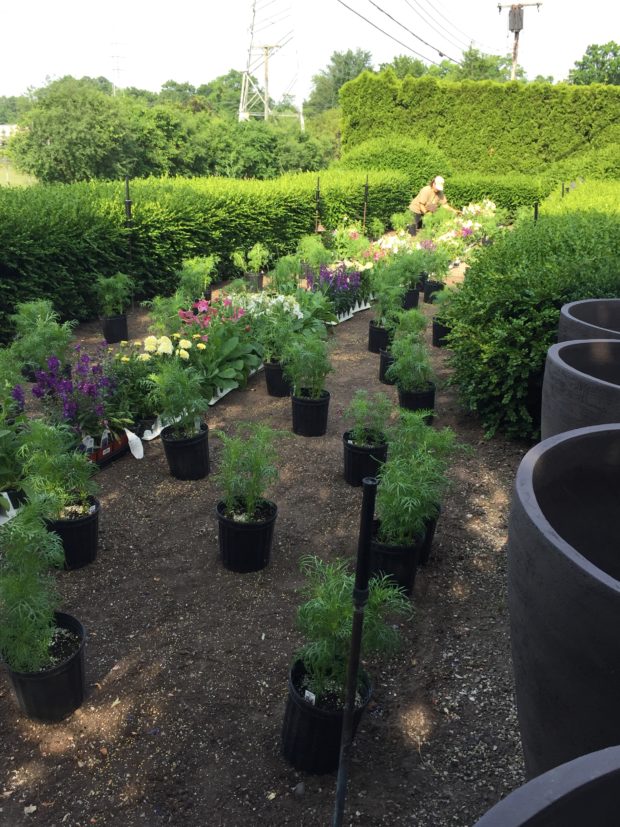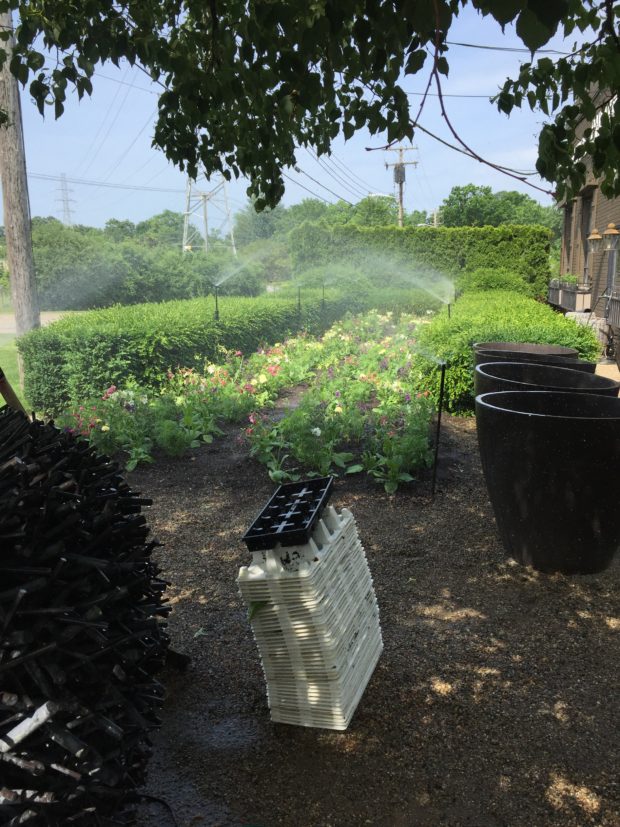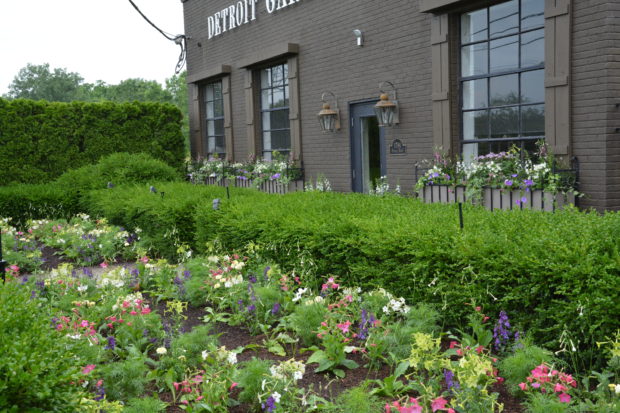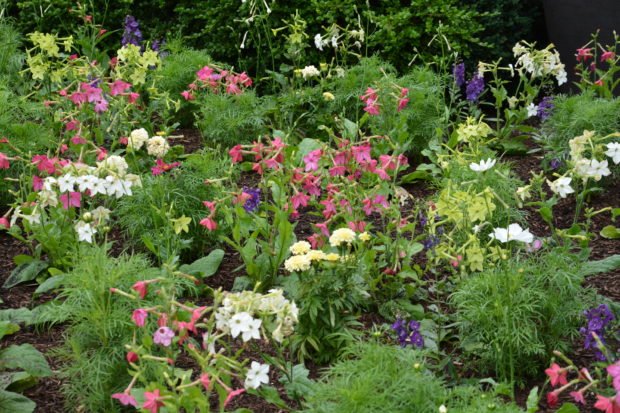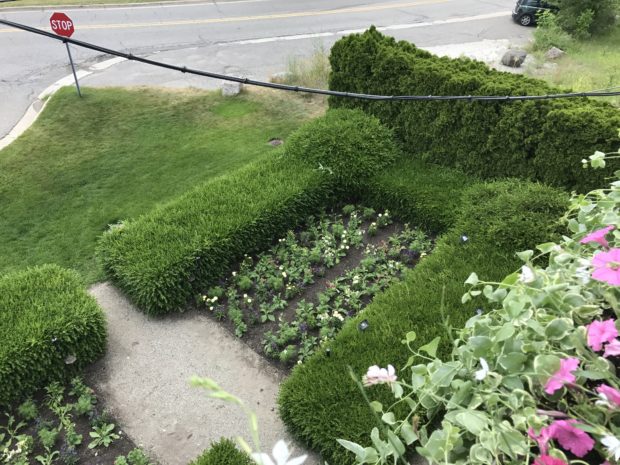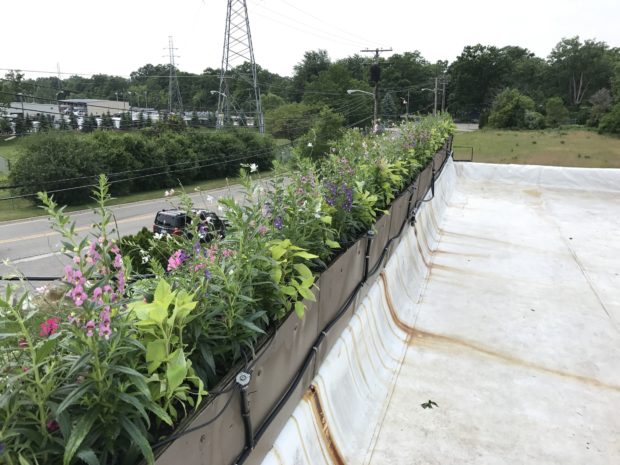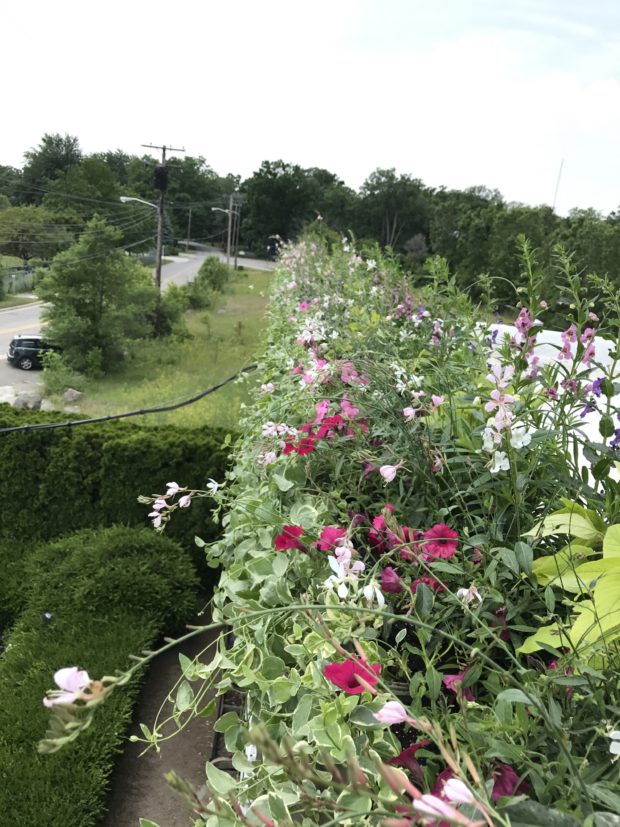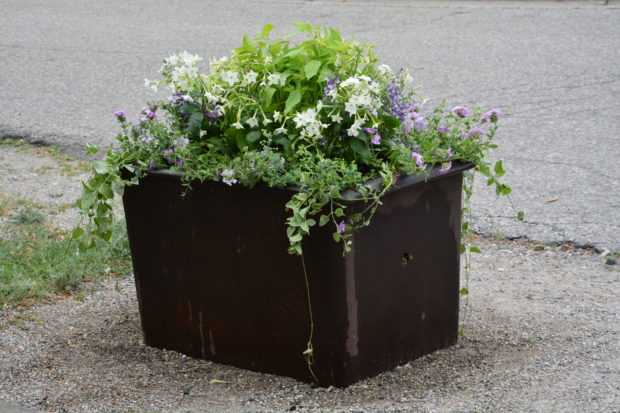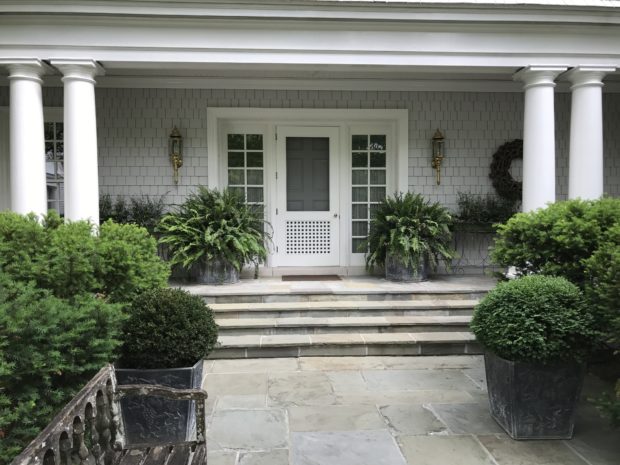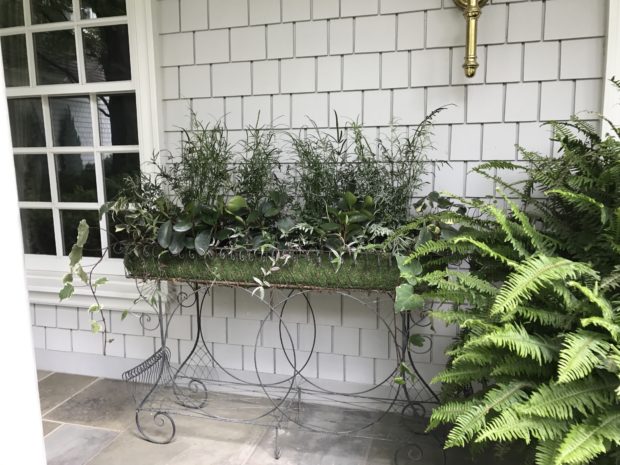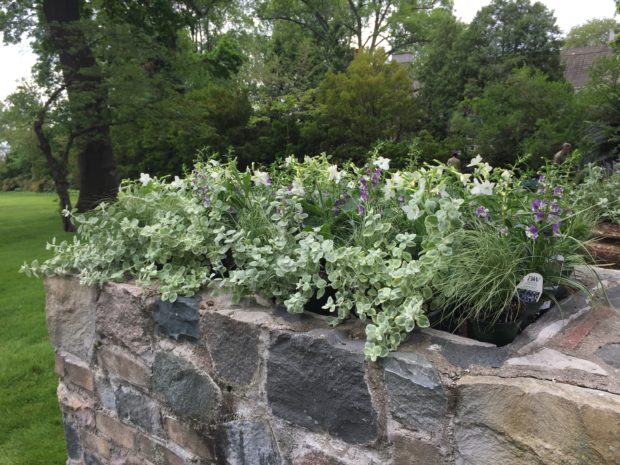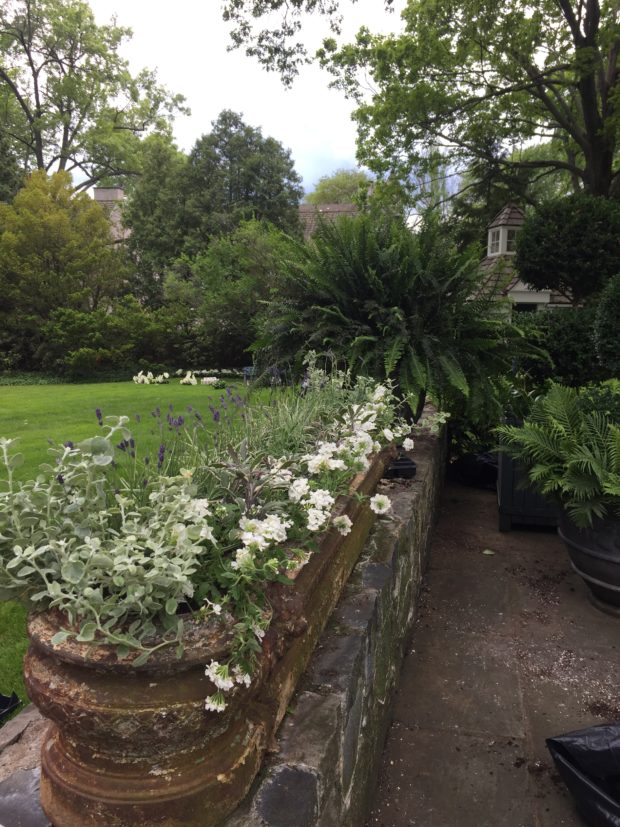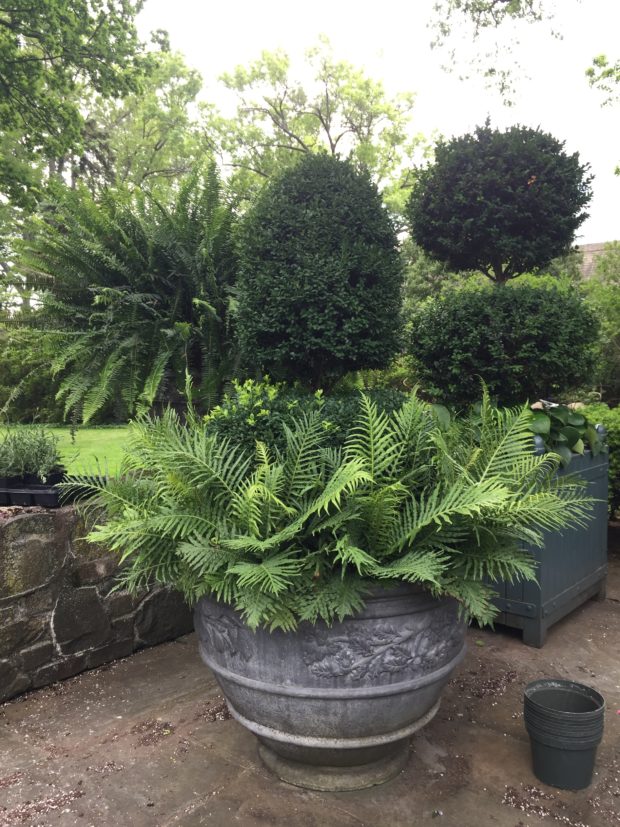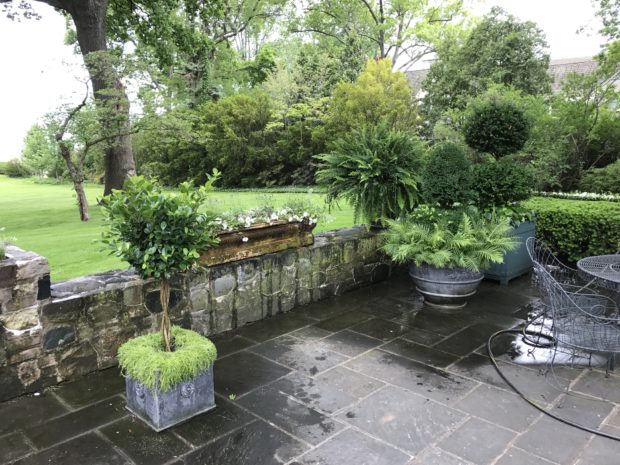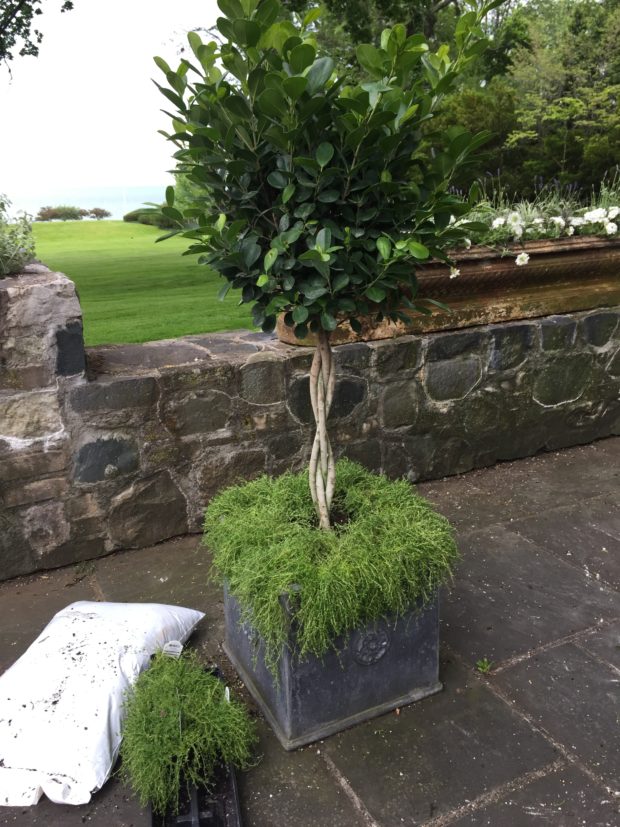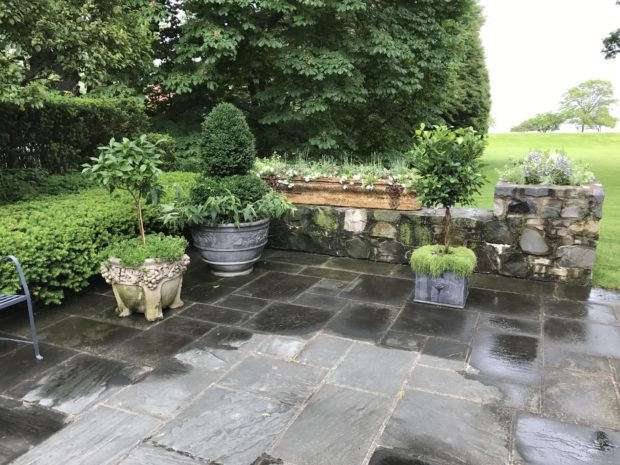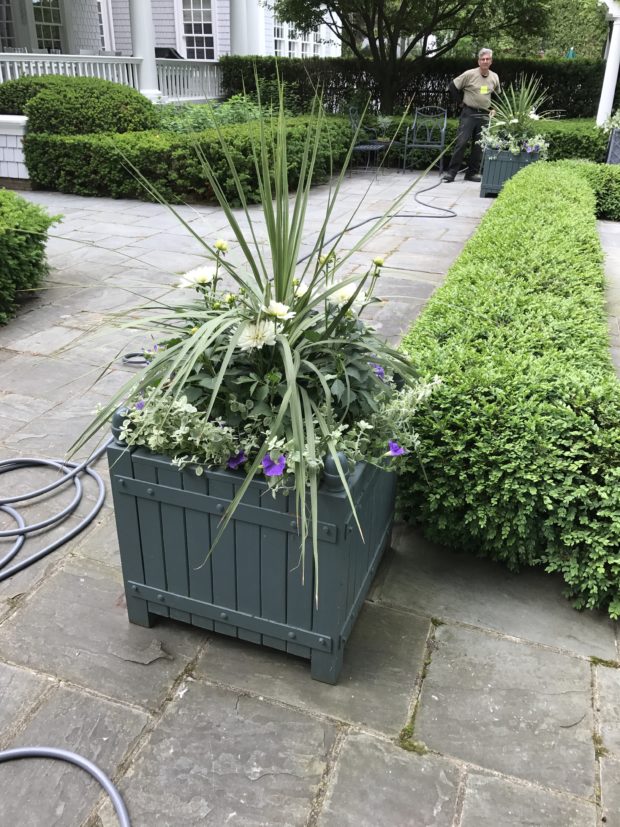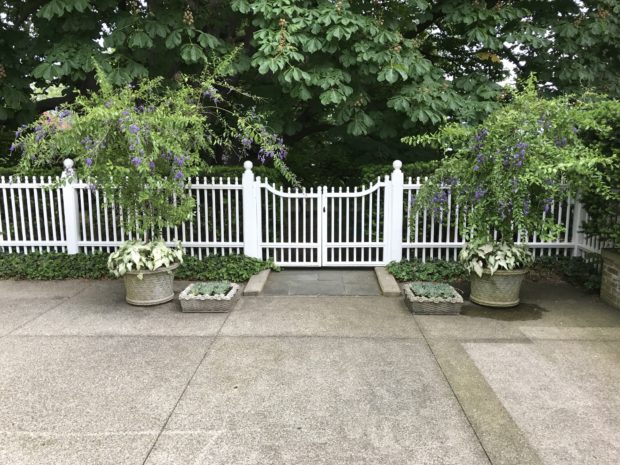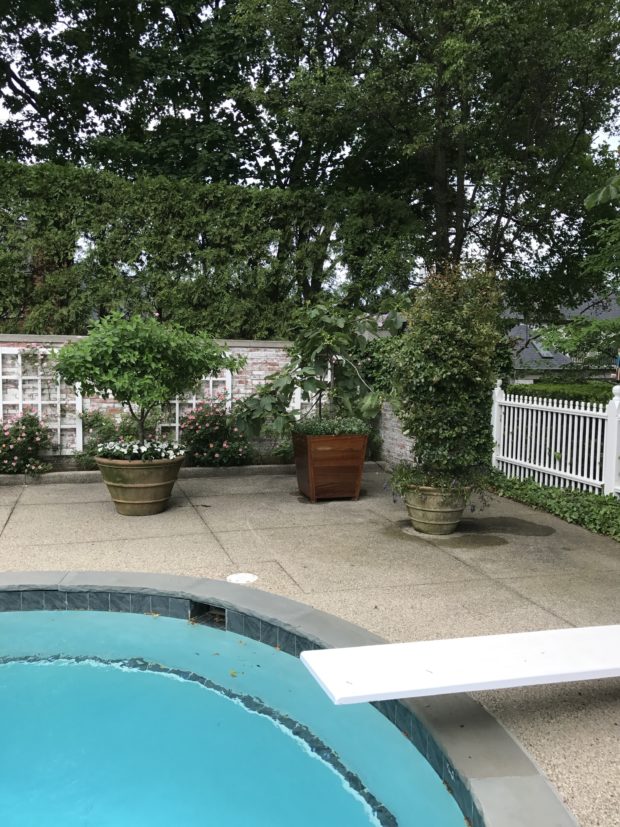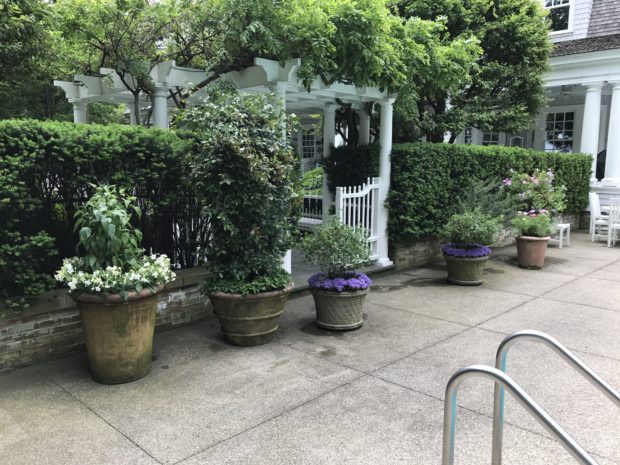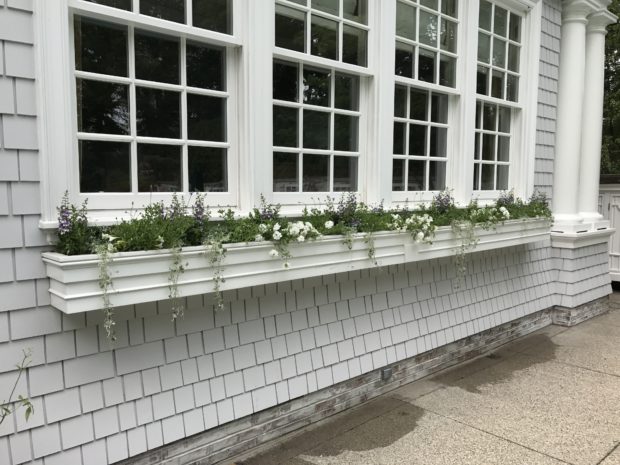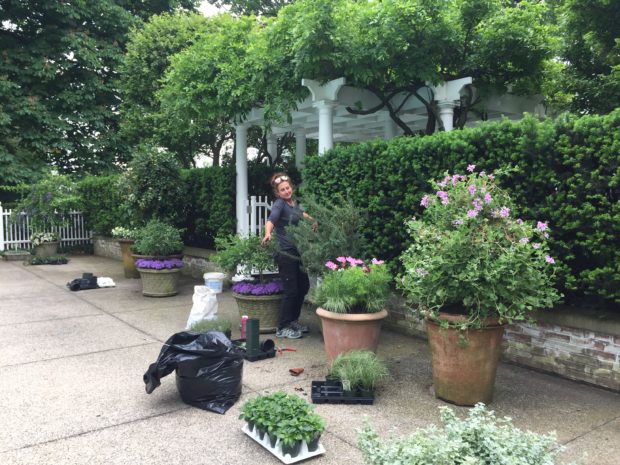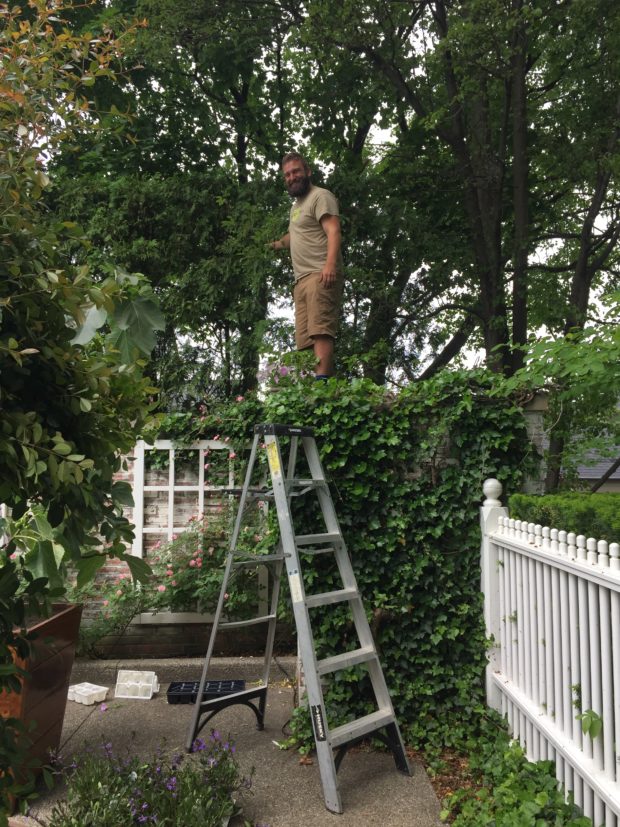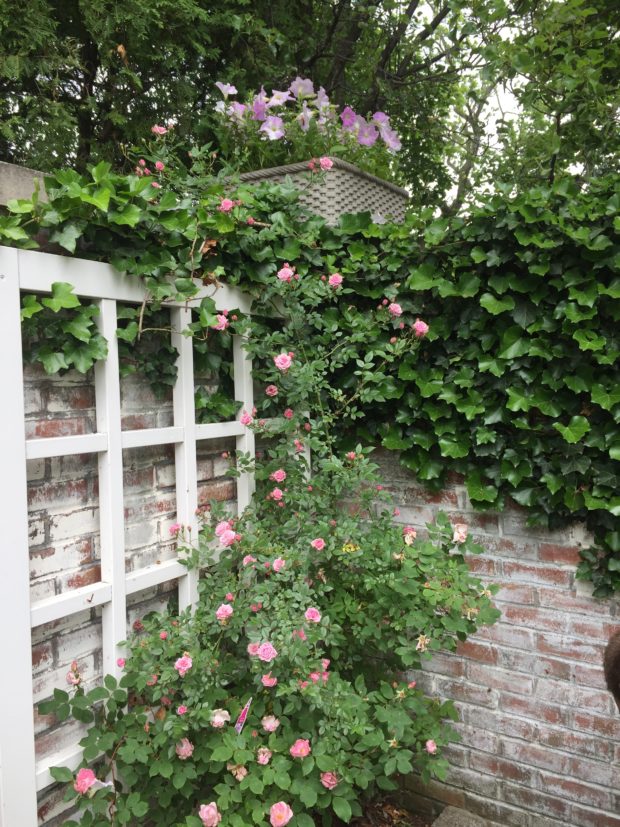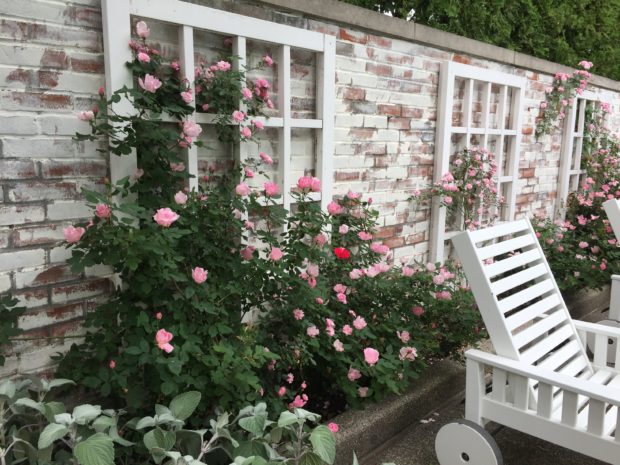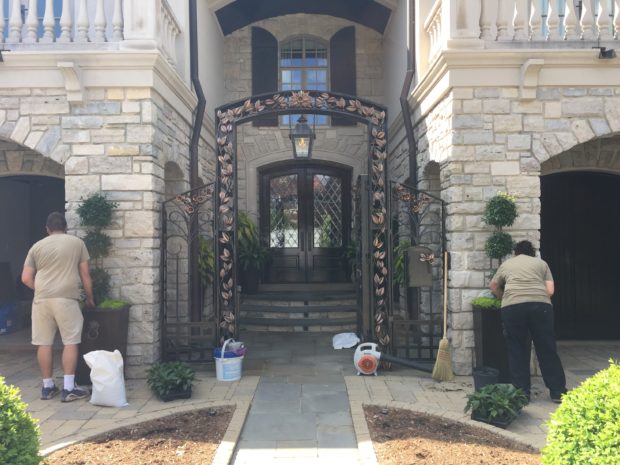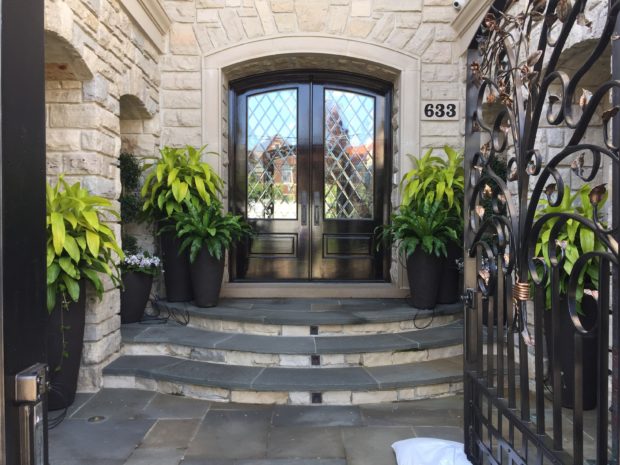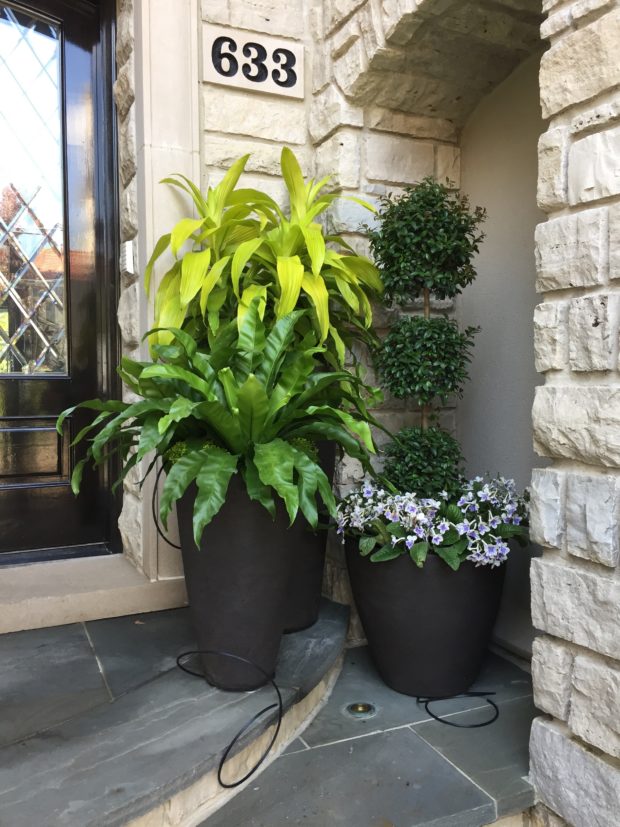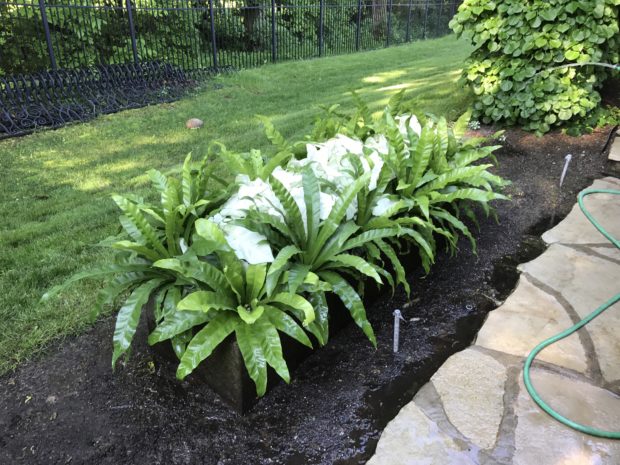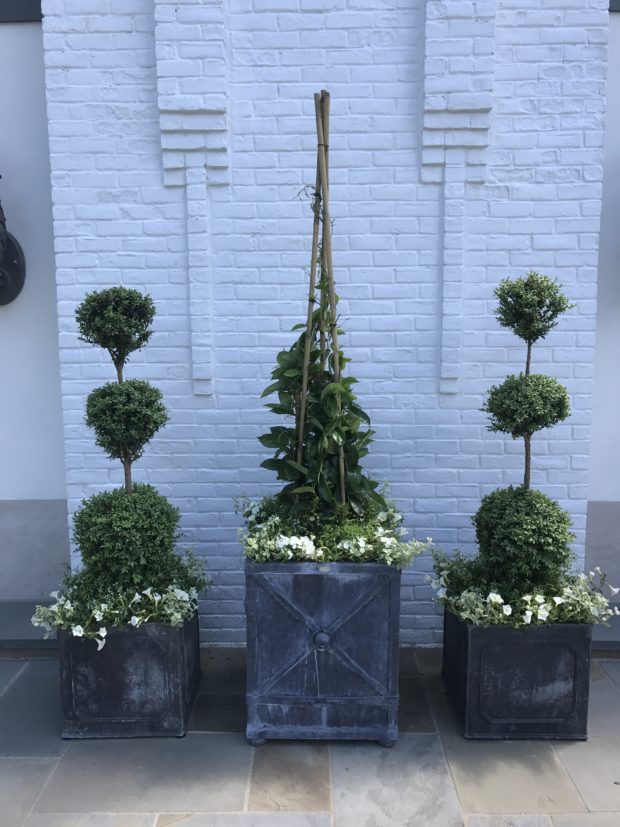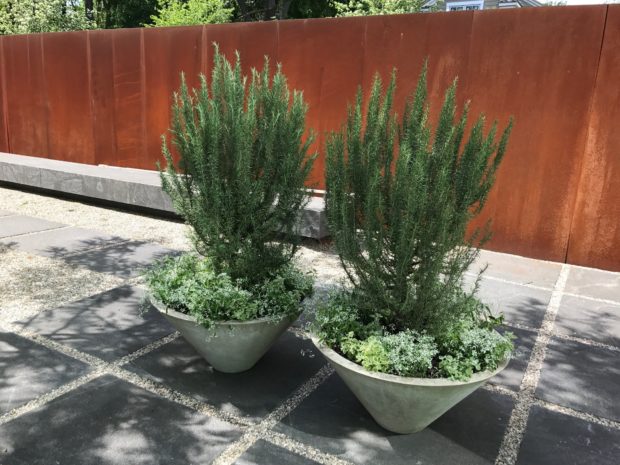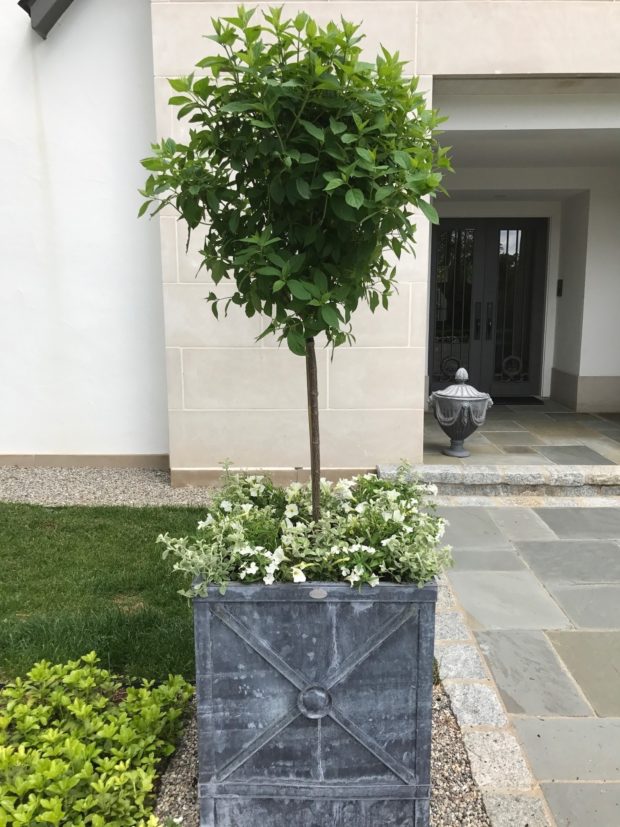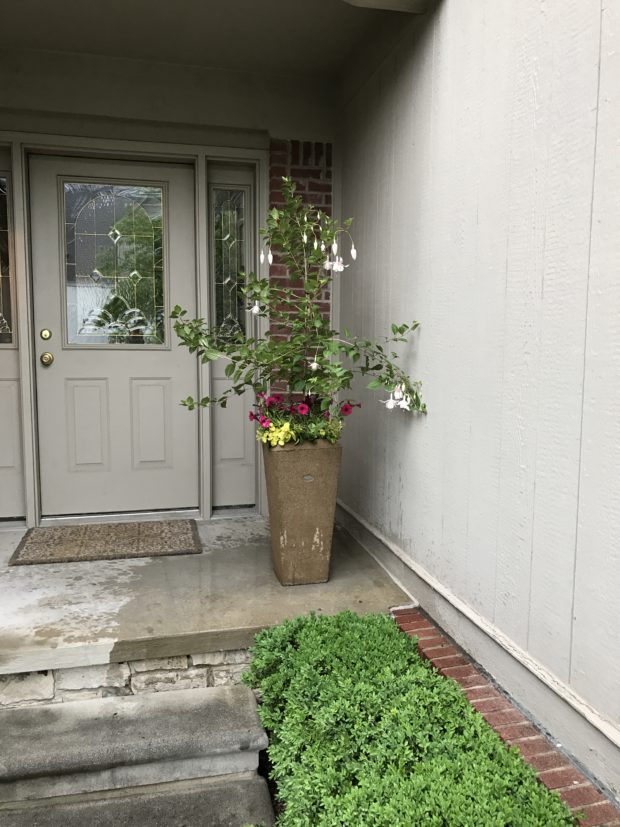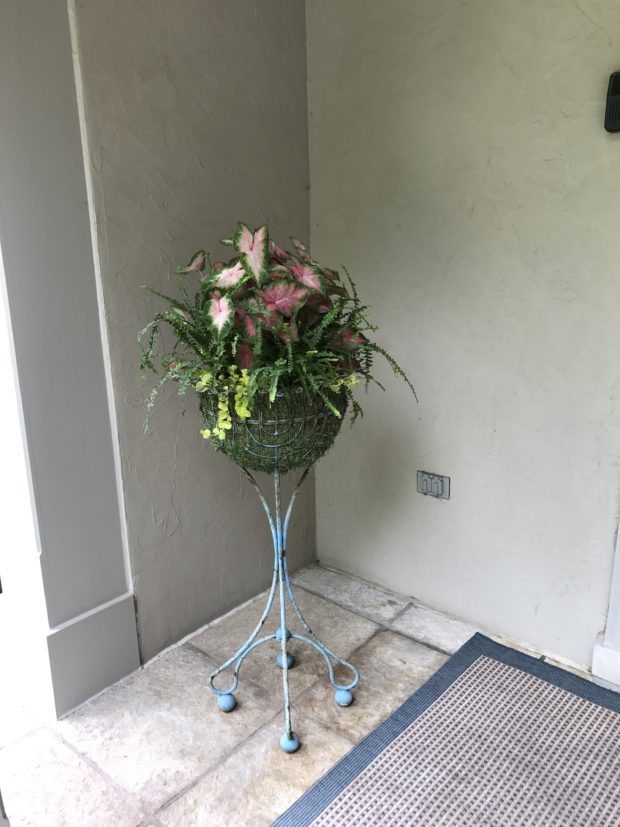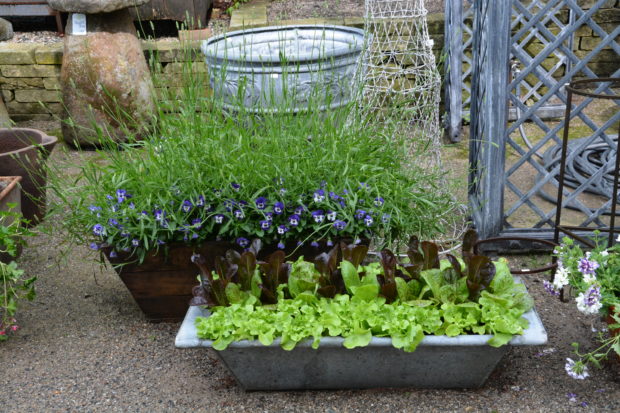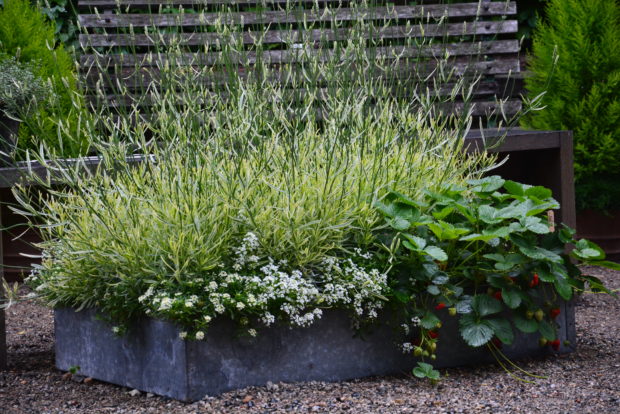 To follow is a very lengthy collection of photographs of Rob’s container plantings, but I think the numbers are justified, considering how beautiful the work is. Hope you enjoy them as much as I do.
To follow is a very lengthy collection of photographs of Rob’s container plantings, but I think the numbers are justified, considering how beautiful the work is. Hope you enjoy them as much as I do.
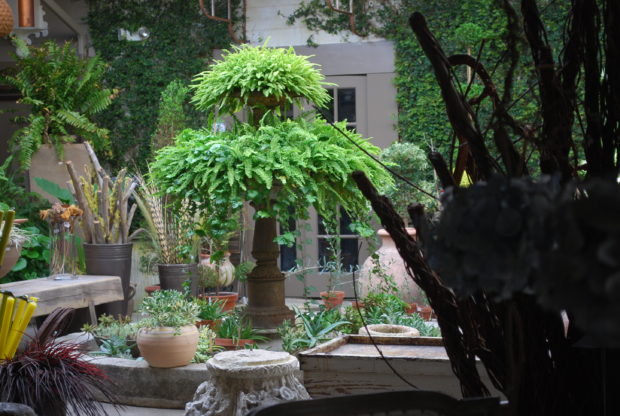 French fountain planted with ferns
French fountain planted with ferns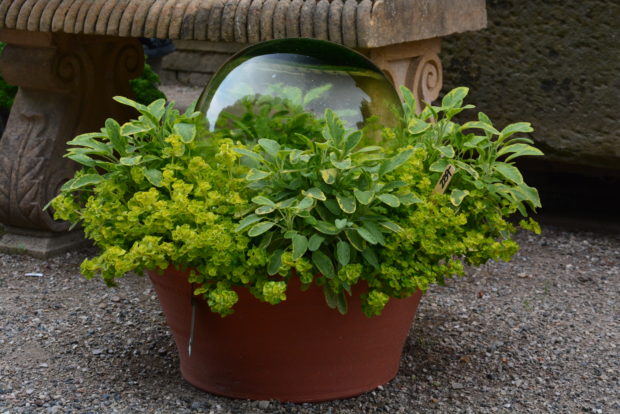 gold sage, gold marjoram, and a glass float
gold sage, gold marjoram, and a glass float
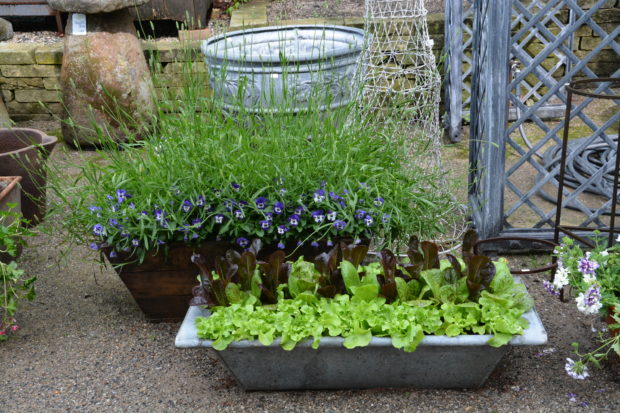 lavender and violas; lettuce
lavender and violas; lettuce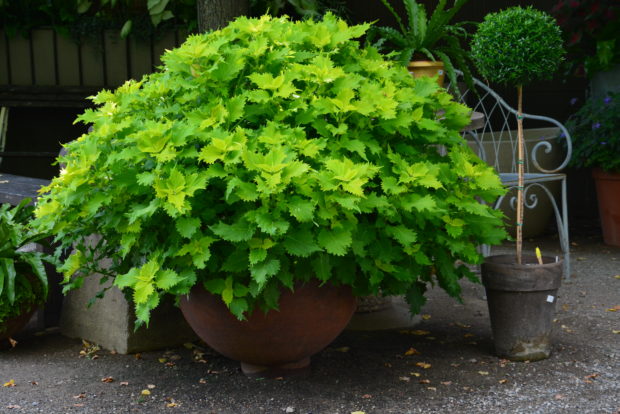 Wasabi coleus, pinched into a broadly oval shape, and myrtle topiary
Wasabi coleus, pinched into a broadly oval shape, and myrtle topiary
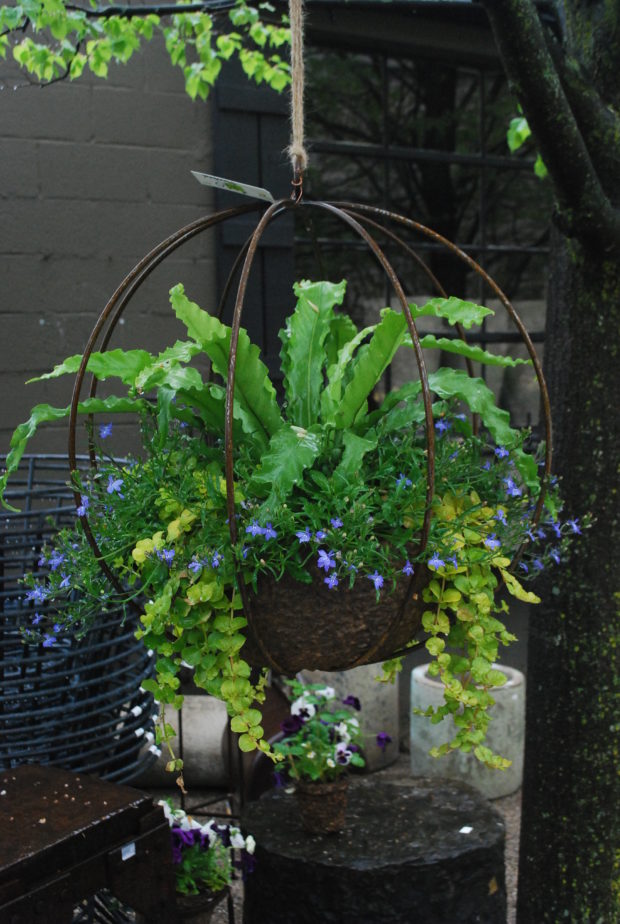 bird’s nest fern, lobelia, and creeping jenny in one of his grow spheres.
bird’s nest fern, lobelia, and creeping jenny in one of his grow spheres.
 rosemary, pink marguerites and cream alyssum
rosemary, pink marguerites and cream alyssum
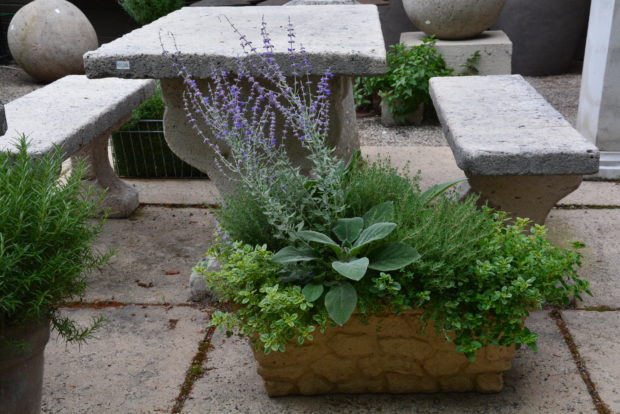 herbs with a tilted Russian sage
herbs with a tilted Russian sage
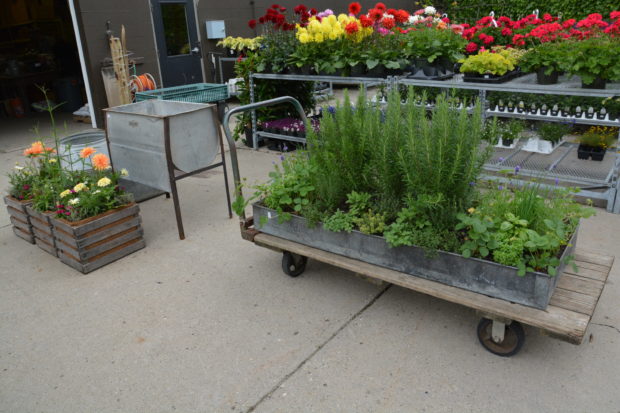 This galvanized pan with rosemary and herbs got wheeled in and out of the garage on a cart until it was safe to leave the basil outdoors.
This galvanized pan with rosemary and herbs got wheeled in and out of the garage on a cart until it was safe to leave the basil outdoors.
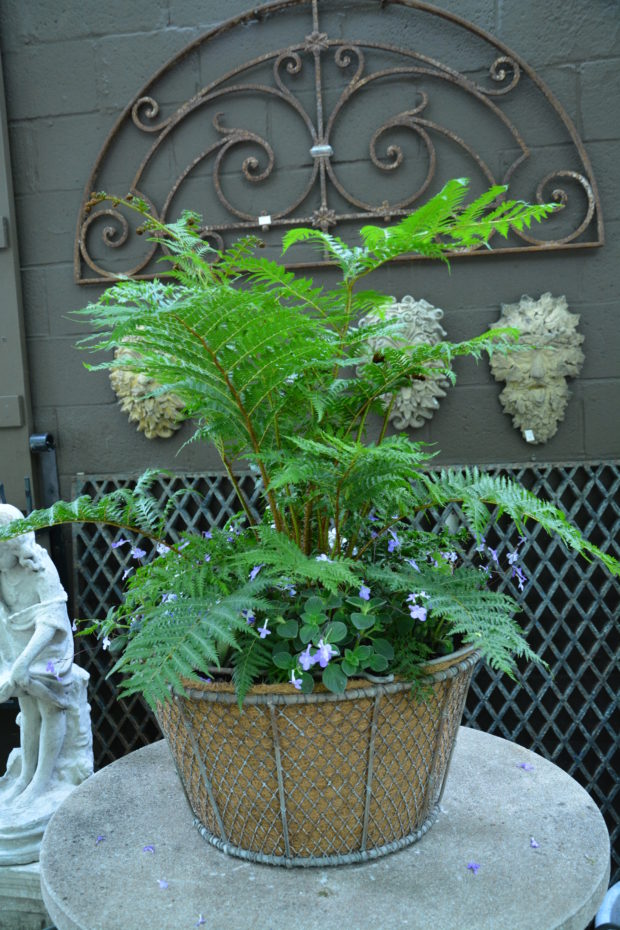 tree fern with streptocarpella
tree fern with streptocarpella
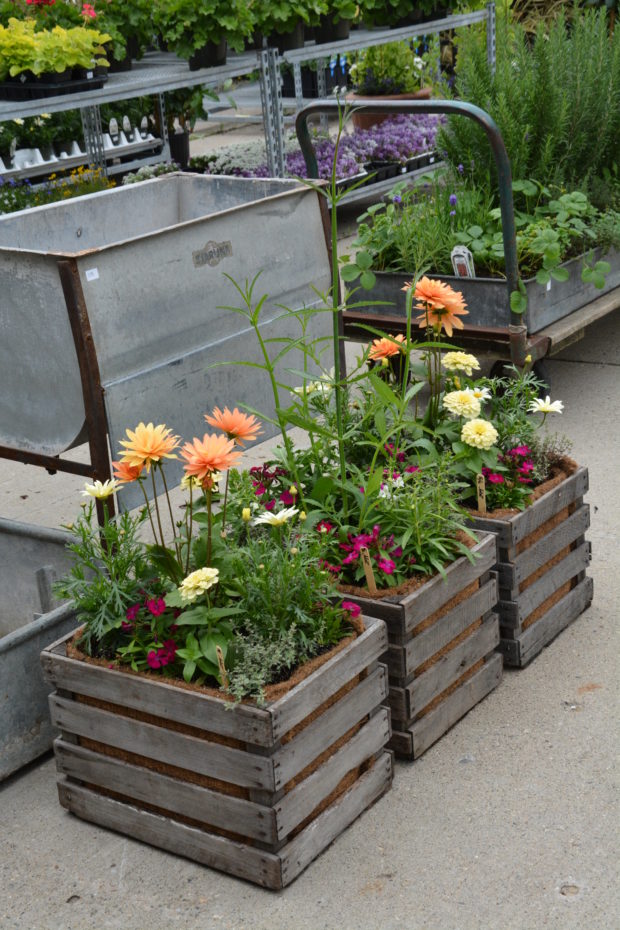 coir lined wood crates with verbena bonariensis, dahlias, marguerites, cream zinnias, angelonia and sweet william
coir lined wood crates with verbena bonariensis, dahlias, marguerites, cream zinnias, angelonia and sweet william
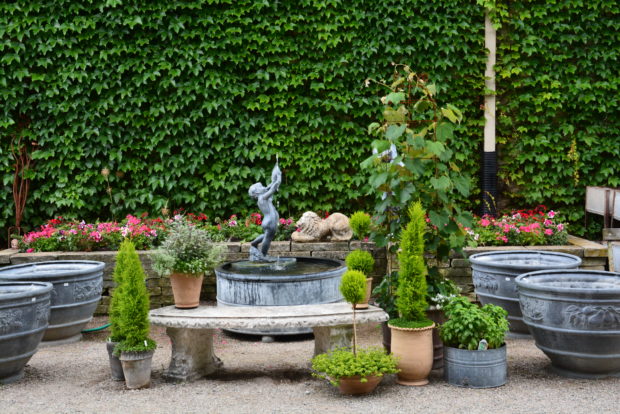 collection of lemon cypress pots and herb pots
collection of lemon cypress pots and herb pots
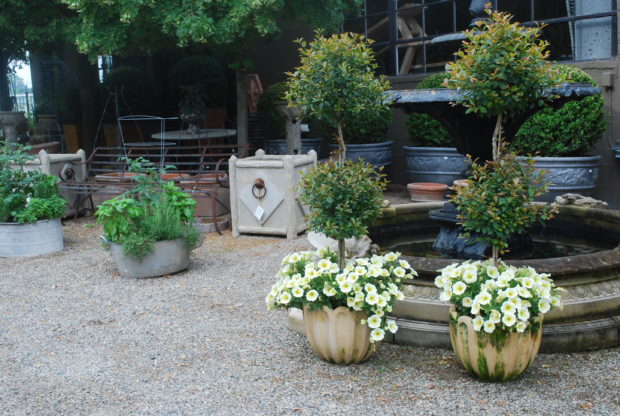 eugenia topiaries with yellow petunias
eugenia topiaries with yellow petunias
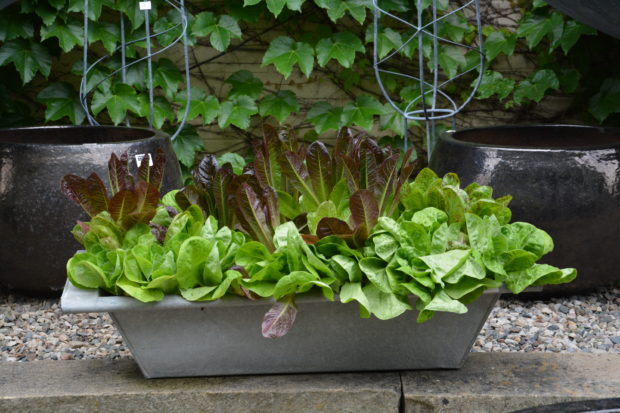 Who knew lettuce could look this good?
Who knew lettuce could look this good?
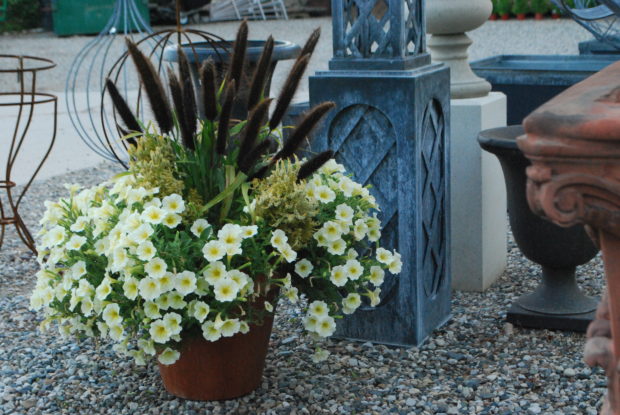 pennisetum, yellow celosia and yellow petunias
pennisetum, yellow celosia and yellow petunias
 variegated lavender, marguerites and alyssum
variegated lavender, marguerites and alyssum
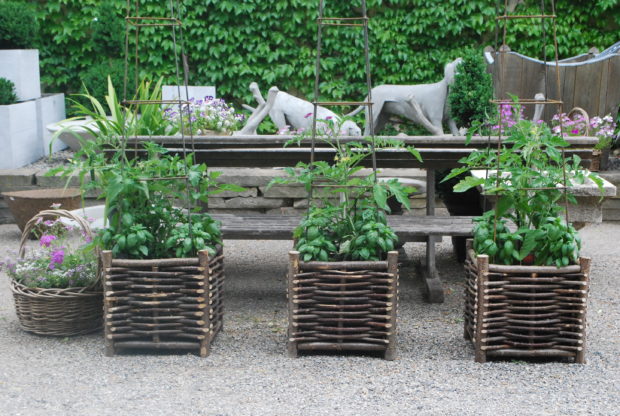 tomatoes and herbs in twig boxes
tomatoes and herbs in twig boxes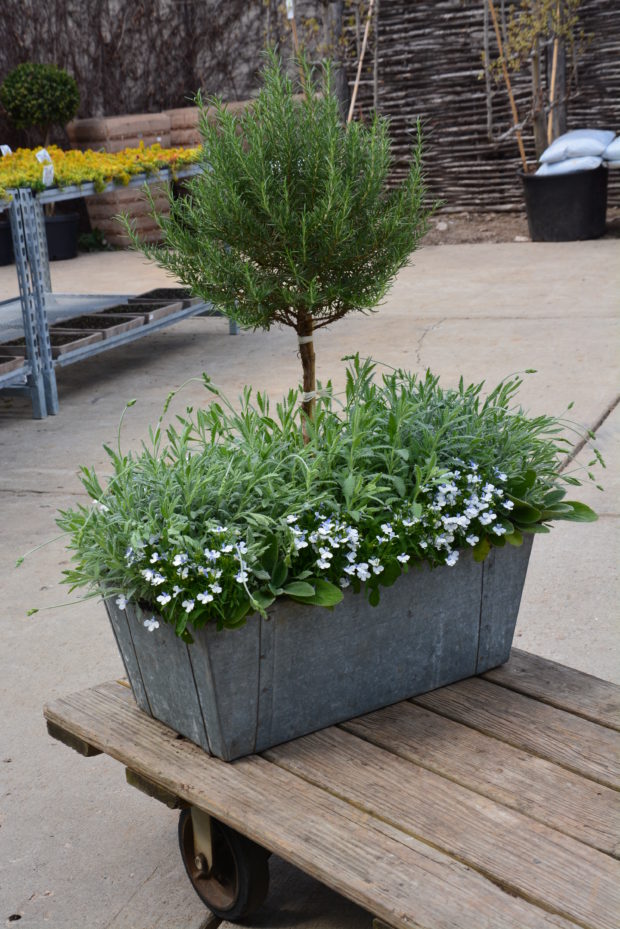 rosemary topiary, lavender and lobelia
rosemary topiary, lavender and lobelia
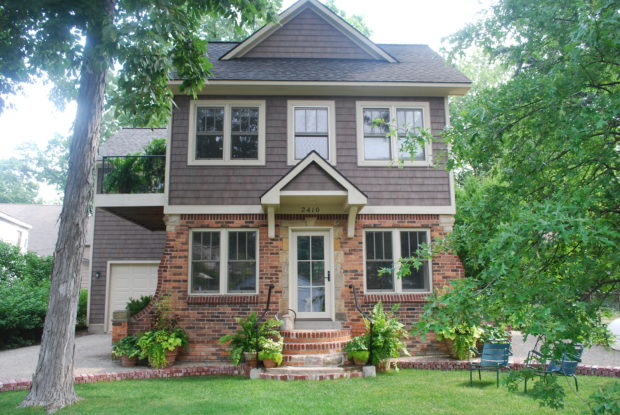 containers designed and planted by Rob
containers designed and planted by Rob
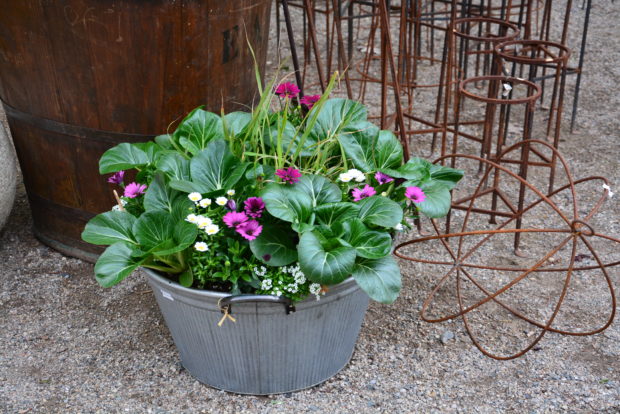 bok choy, marguerites, osteospermum and cream alyssum
bok choy, marguerites, osteospermum and cream alyssum
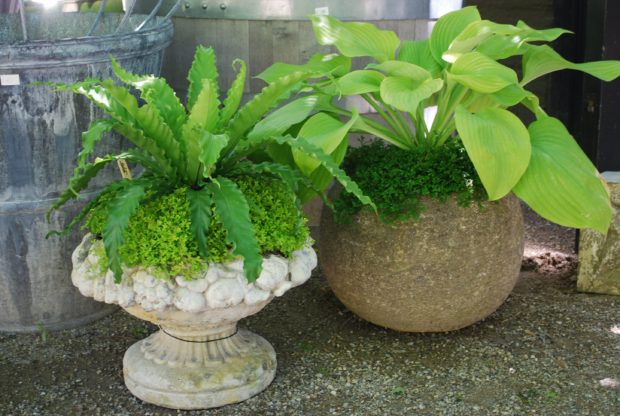 bird’s nest fern, lime selaginella, hosta Sum and Substance, green selaginella
bird’s nest fern, lime selaginella, hosta Sum and Substance, green selaginella
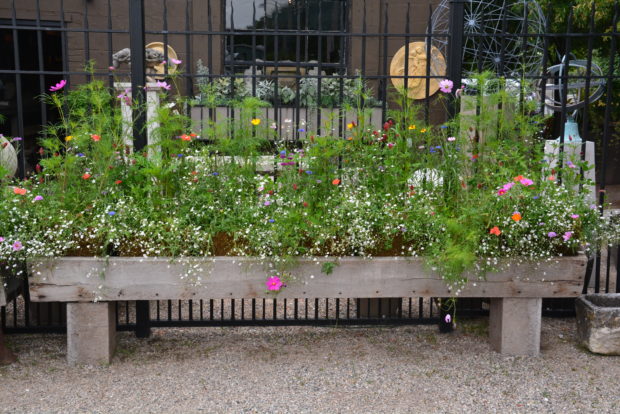 meadow flowers in a wood trough
meadow flowers in a wood trough
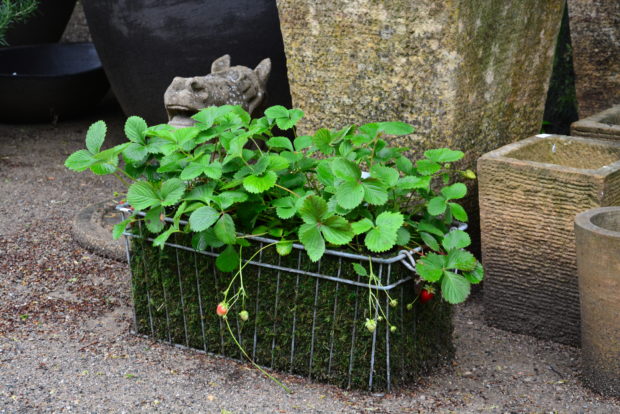 Strawberries in a moss lined galvanized wire box, looking good.
Strawberries in a moss lined galvanized wire box, looking good.
